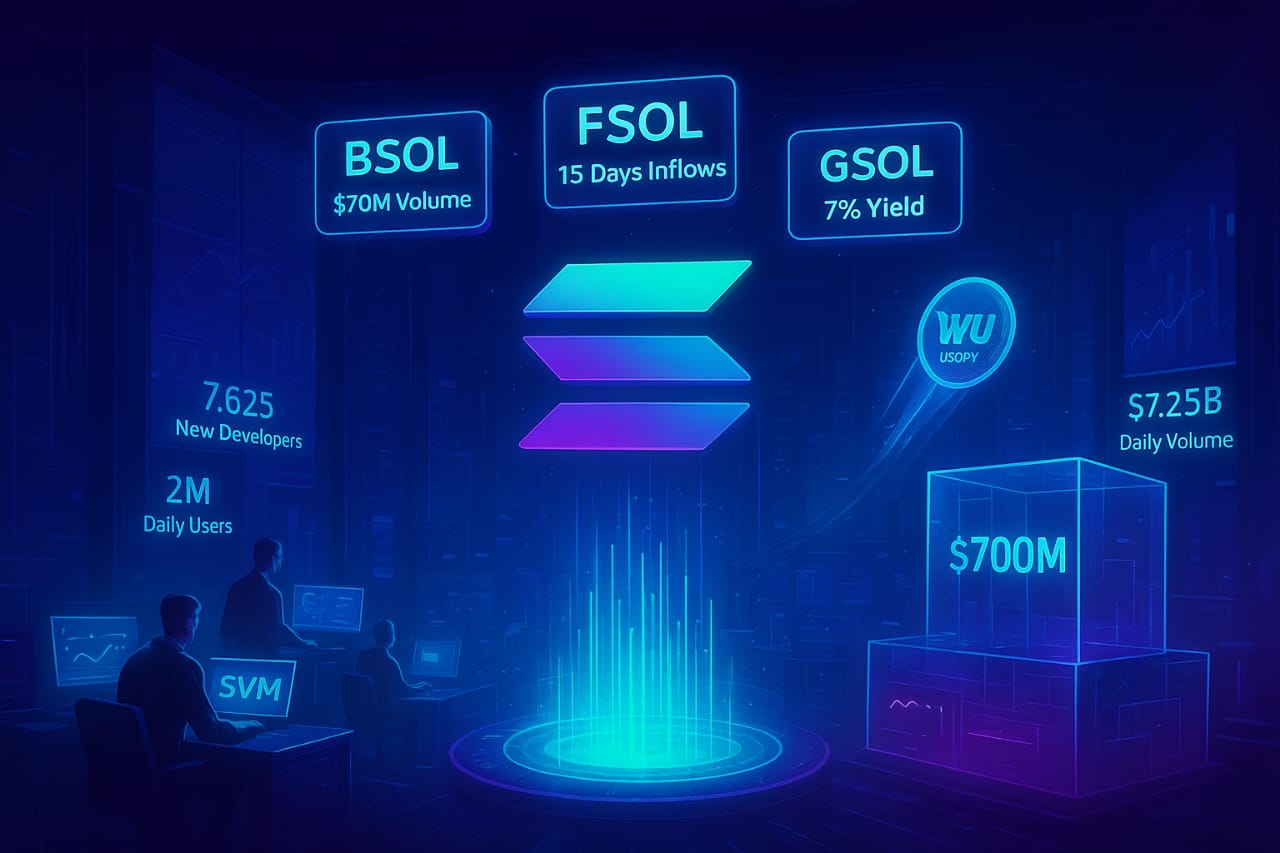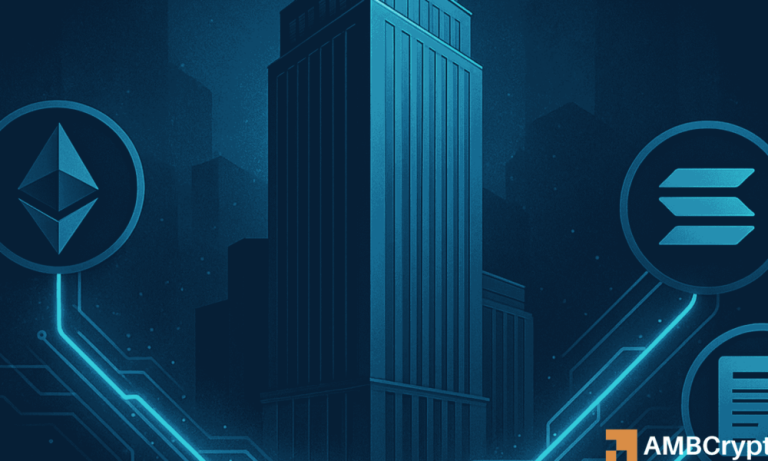
Solana is making waves in the crypto investment landscape with its stellar performance, backed by ETF growth and ecosystem expansion. The network has rapidly evolved from being an alternative player to a leading choice for institutional investors. In this article, we’ll dive into the latest developments that are driving Solana’s dominance in the ETF sector and its broader ecosystem.
Record-Breaking ETF Performance
Solana’s exchange-traded funds (ETFs) are making history. Bitwise’s BSOL ETF recorded a trading volume of $69 million on its debut day, the highest single-day volume for any ETF launched in 2025. Combined, Solana ETFs achieved nearly $70 million in trading volume recently, with BSOL leading at $54.88 million, followed by Fidelity’s FSOL at $8.58 million and Grayscale’s GSOL at $6.23 million.
What’s even more remarkable is the consistent inflow of capital into Solana ETFs. Over the last 15 days, the network has witnessed consecutive net inflows totaling $30.09 million a day at its peak. In stark contrast, Bitcoin and Ethereum ETFs remain locked in outflow cycles, highlighting a shift in investor sentiment toward growth-focused networks like Solana.
The Institutional Advantage: High Yields and Compliant Structures
One of the key factors attracting institutional interest is the annualized staking yields Solana ETFs offer. With returns ranging between 5–8%, institutions are incentivized to hold SOL assets within regulated ETF structures. These yields not only provide passive income but also contribute to reducing circulating supply, thus strengthening the network’s stability.
Currently, BSOL alone manages assets under management (AUM) worth $223 million, while Solana’s total ETF holdings exceed $5 billion. This level of engagement reflects a strong appetite for Solana’s growth story among large-scale investors.
Unprecedented Ecosystem Expansion
Behind Solana’s ETF success is a thriving ecosystem that continues to break records. Between 2024 and 2025, Solana added 7,625 new developers, marking its largest growth period since launch. Developer activity on Solana has doubled year-over-year, surpassing Ethereum for the first time in nine years.
What makes Solana particularly appealing is its Solana Virtual Machine (SVM), which simplifies the deployment of Ethereum-compatible smart contracts with Solana’s superior performance advantages. This innovation has enabled the creation of cross-chain applications, driving migration from slower environments to Solana’s high-speed network.
Daily active users have also reached a record high of 2 million, further showcasing the network’s robust and expanding community. These factors combine to create a buzz that translates into institutional demand and reinforces the ongoing ETF inflows.
Real-World Asset Adoption and Global Payment Potential
Solana’s reach now extends into the realm of real-world assets (RWA). Tokenized assets on the network have crossed $700 million, making it one of the largest RWA platforms in the crypto space. Additionally, Western Union has announced plans to launch its USDPT stablecoin on Solana in 2026, further solidifying the network’s position as a payments hub for global remittances. This development opens the doors to a trillion-dollar market where Solana can lead with speed, low fees, and reliability.
Final Thoughts
Solana’s consistent ETF inflows, expanding developer community, high staking yields, and growing RWA sector highlight its transformative impact on the blockchain and crypto investment landscape. Investors are not only recognizing the network’s potential but also actively allocating capital to capitalize on its structural growth.
The momentum shows no signs of slowing down, making Solana a priority for both retail and institutional investors. As its ecosystem continues to innovate and scale, Solana is solidifying its position as one of the most promising networks in the blockchain space.
Editor’s Pick: If you’re looking to explore Solana’s growth, consider investing through Bitwise’s BSOL ETF, offering exposure to SOL and its thriving ecosystem.



